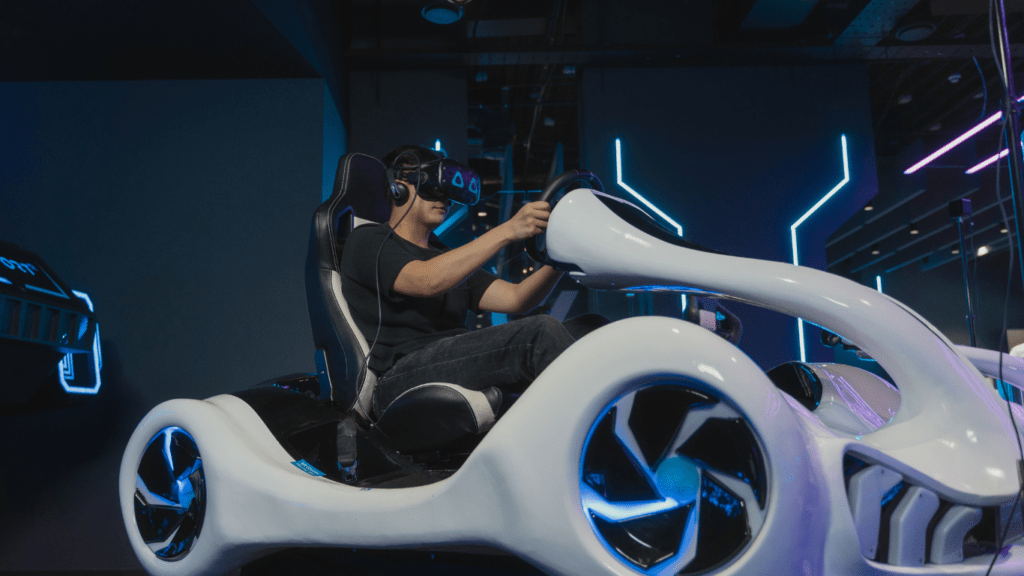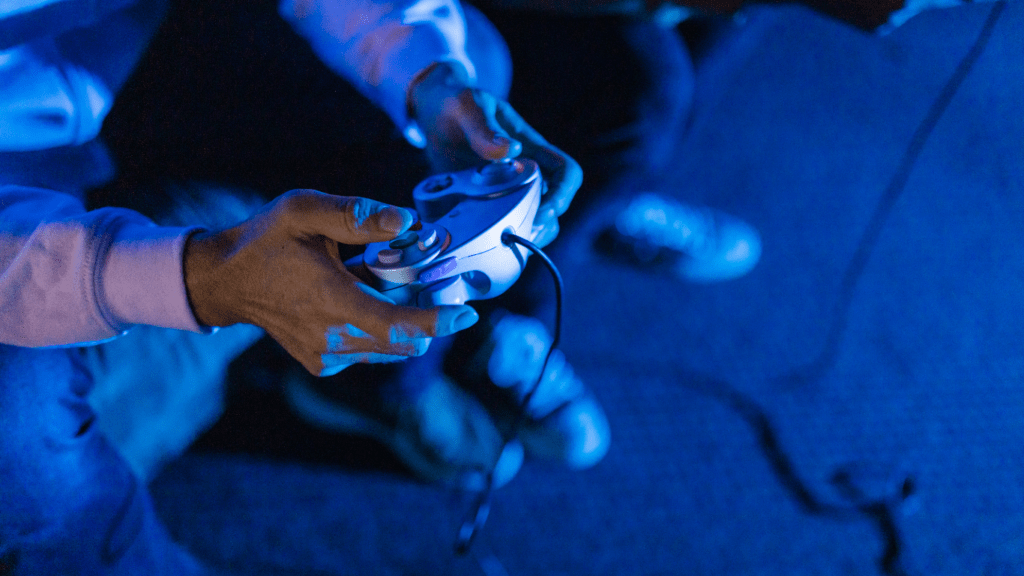The Rising Popularity of Lego in Video Games
Lego video games have captivated audiences with their mix of creativity and adventure. Their unique interactive nature has drawn attention from gamers worldwide.
Evolution of Lego Video Games
Lego video games started in the late ’90s with titles like “Lego Island.” Over the years, they’ve evolved from simple platformers to expansive open-world adventures.
Each iteration introduced new gameplay mechanics. For instance, “Lego Star Wars” combined humor with engaging stories, setting a standard for later titles.
By the 2010s, games like “Lego Marvel Super Heroes” offered varied character abilities, enhancing player experience.
Key Milestones in Lego Gaming History
Several milestones mark Lego’s gaming journey. In 2005, “Lego Star Wars: The Video Game” became a bestseller, showing the potential of Lego-themed games. “Lego Dimensions” in 2015 integrated physical Lego sets with digital gameplay, a groundbreaking innovation.
In 2019, “Lego Tower” demonstrated success in the mobile gaming market. Each milestone showcased Lego’s adaptability and capacity to keep players engaged.
The Impact of Technology on Lego Gaming

Technological advancements significantly shape Lego gaming, providing innovative and immersive experiences. Integration of modern tech with traditional Lego bricks enables unique gameplay.
Advancements in Gaming Consoles and Lego Compatibility
Gaming consoles evolved drastically, enhancing Lego game compatibility. Modern consoles like PlayStation 5 and Xbox Series X offer superior graphics, faster load times, and expansive storage.
These benefits transform Lego gaming into a more seamless and visually appealing experience. For example, “Lego Marvel Super Heroes” on these consoles showcases detailed characters and environments, making the gameplay more engaging.
Lego games also leverage features like haptic feedback and adaptive triggers. These innovations add tactile elements to game interactions, enhancing immersion and making the virtual experience as enjoyable as physical Lego play.
Cloud gaming services like NVIDIA GeForce Now further expand accessibility, allowing players to access their favorite Lego games on various devices without high-end hardware.
Virtual and Augmented Reality as Game Changers
- Virtual reality (VR) and augmented reality (AR) revolutionize Lego gaming by merging physical and digital worlds.
- VR platforms like Oculus Quest enable players to enter fully immersive Lego worlds, performing tasks and solving puzzles in 3D environments.
- This technology blurs the line between reality and play, making games like “Lego Bricktales VR” highly engaging.
- Augmented reality enhances interactive play using devices like smartphones and tablets.
- Apps like “Lego AR Studio” let players build virtual Lego sets in real-world environments, creating a mixed-reality play experience.
- AR also supports educational play, allowing children to explore and learn through interactive Lego-based activities.
These innovations demonstrate Lego’s commitment to staying at the forefront of gaming technology.
Strategic Partnerships and Licensing
Lego’s seamless integration into the gaming industry owes much to its strategic partnerships and licensing agreements, driving innovation and expanding its digital presence.
Collaboration with Major Gaming Studios
Partnering with major gaming studios has been a game-changer for Lego. Collaborations with renowned studios like TT Games and Warner Bros.
Interactive Entertainment have been crucial. TT Games, famous for the “Lego Star Wars” series, has contributed significantly to Lego’s success in gaming.
This studio, leveraging its expertise in crafting immersive storylines and engaging gameplay mechanics, has elevated Lego video games. Warner Bros.
Interactive Entertainment, known for its vast portfolio of successful games, has also been instrumental.
They have brought popular franchises like Harry Potter and DC Comics into the Lego universe, resulting in iconic titles such as:
- Lego Harry Potter: Years 1-4
- Lego Batman: The Videogame
Exclusive Lego Gaming Titles
Exclusive Lego gaming titles differentiate Lego in the market. Titles like “Lego Star Wars: The Skywalker Saga” stand out for their unique blend of humor, action, and loyal representation of beloved franchises.
Another notable example is “Lego City Undercover,” offering open-world gameplay and a captivating storyline not tied to any external franchise.
These exclusive titles draw significant attention and often command a fanbase eager for new releases. By continually developing such unique games, Lego maintains a competitive edge in the industry, ensuring sustained interest and engagement from its audience.
Future Trends in Lego Gaming
Lego’s gaming future looks promising, driven by continued advancements in technology and innovative game design.
Predictions on Game Mechanics and Design
Future Lego games will likely emphasize interactive environments and user-generated content. Players may experience more dynamic worlds where every brick reacts uniquely, enhancing creativity and immersion.
Open-world quests, such as “Lego City Undercover,” will probably become more intricate, offering more freedom and customization.
Cooperative multiplayer modes will likely evolve, enabling seamless team play across platforms. Gamers might see refined physics mechanics, improving the realism of Lego structures within digital environments.
The Role of Artificial Intelligence
AI is set to revolutionize Lego gaming by personalizing player experiences. Intelligent NPCs could offer adaptive dialogue and quests, responding to individual player actions.
AI-driven game design tools may allow players to construct virtual Lego models with intuitive assistance, boosting creativity without technical barriers.
AI might also enhance asset management, automatically organizing and suggesting bricks based on user preferences. Enhanced behavior models for in-game characters can add depth to storylines and gameplay, making future Lego games more engaging and lifelike.


